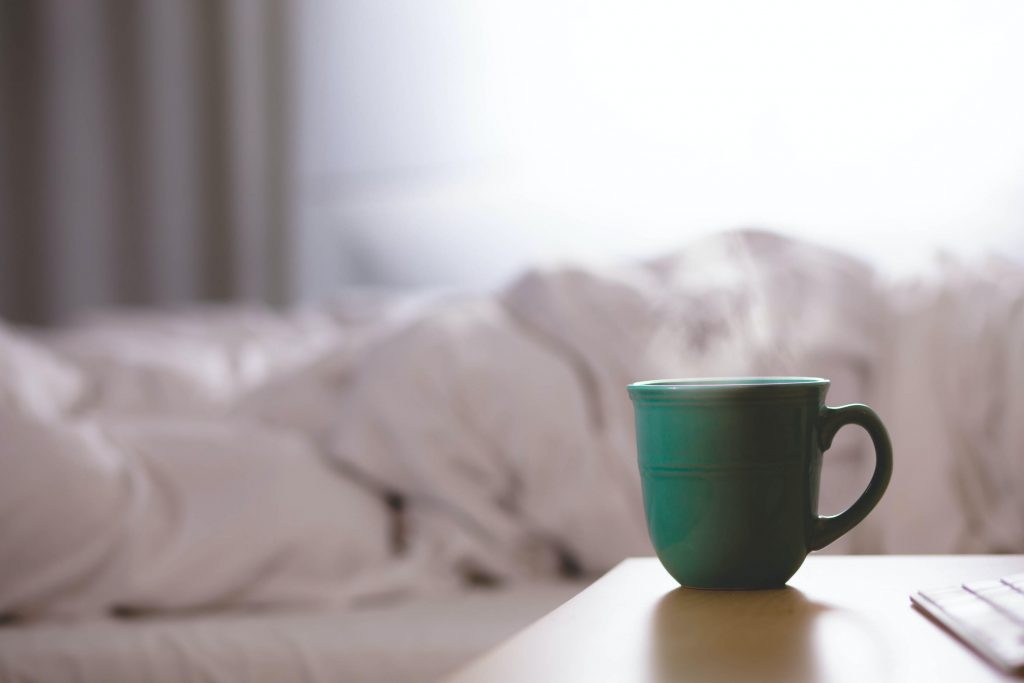Could you be struggling with seasonal affective disorder? – Here are 10 symptoms
Seasonal affective disorder – or SAD – is a type of depression that is connected to the seasons. It usually begins in the fall and resolves in the spring. While most cases are related to winter, some people experience symptoms during the summer.

What causes SAD?
The specific cause of seasonal depressive disorder is not known. Research suggests that people with seasonal affective disorder show a flawed regulation of serotonin. A reduced activity of serotonin may lead to mood-swings and depressive symptoms, states the National Institute of Mental Health. The winter months can also cause a dysregulation of melatonin which affects sleep and mood (Mayo Clinic, 2014)
What are the symptoms?
Since seasonal affective disorder is not a disorder on its own but a form of depression, its symptoms include those associated with major depression disorder. According to the American Psychiatric Association these symptoms could be:
– feelings of sadness and depression most of the day
– feeling sluggish and low energy
– sleep problems (usually sleeping too much)
– difficulties concentrating
– losing interest in activities you once enjoyed
– change in appetite
Additional symptoms that are more specific to SAD are:
– hypersomnia (oversleeping)
– overeating
– weight gain
– social withdrawal
If any of these symptoms apply to you, consider talking to a health care provider to find a suitable treatment for you. Common treatments that have been proven to work for people diagnosed with SAD are light therapy, psychotherapy, antidepressant medications and supplementation of vitamin D.

Even if you are not diagnosed with SAD, winter can still be a challenging time. Lots of people feel noticeably more blue during the colder months. If that’s you, here are some things you can do for yourself:
– Mentally prepare yourself for fall and winter. Embrace the cold weather and make the most of it: Create a warm atmosphere, make your space cozy, try out different hot drinks or whatever else feels good to you.
– Start a project. Now is the perfect time to get creative! Get into something you’ve always wanted to try that keeps you excited and inspired.
– Prioritize social activities. Plan activities with your friends and family. It will boost your mood and force you to leave your house.
– Exercise – outdoors if possible. The chemicals released during exercise can help ease anxiety and help you feel better.
– Create a routine. Maintaining a regular schedule can improve sleep which can also alleviate symptoms of winter blues.
– Stick to a healthy diet. The colder days might make you crave foods high in sugar and fats more than usually. These foods raise your blood sugar level and therefore lift your mood at first but will lead to feelings of drowsiness and mood swings later on.

There are multiple ways to take control so that you can drive the direction of your life and not the season. The first step is recognizing the signs and symptoms. Depending on the severity as noted above there are multiple ways to overcome the mental and physical challenges that come with the winter months. The solutions will be different for everybody but it is important to take action.
Sources:
Seasonal Affective Disorder, National Institute of Mental Health, NIH Publication No. 20-MH-8138, Retrieved February 09, 2022 from https://www.nimh.nih.gov/health/publications/seasonal-affective-disorder
Seasonal affective disorder (SAD), 2021, Mayo Clinic, Retrieved February 09, 2022 from https://www.mayoclinic.org/diseases-conditions/seasonal-affective-disorder/symptoms-causes/syc-20364651
Seasonal Affective Disorder (SAD), 2020, American Psychiatric Association
https://www.psychiatry.org/patients-families/depression/seasonal-affective-disorder
Wirz‐Justice, A., Bucheli, C., Graw, P., Kielholz, P., Fisch, H. U., & Woggon, B. (1986). Light treatment of seasonal affective disorder in Switzerland. Acta Psychiatrica Scandinavica, 74(2), 193-204.
https://onlinelibrary.wiley.com/doi/abs/10.1111/j.1600-0447.1986.tb10606.x
Gloth 3rd, F. M., Alam, W., & Hollis, B. (1999). Vitamin D vs broad spectrum phototherapy in the treatment of seasonal affective disorder. The journal of nutrition, health & aging, 3(1), 5-7.
https://europepmc.org/article/med/10888476
Naderi, S., Naderi, S., Delavar, A., & Dortaj, F. (2019). The effect of physical exercise on anxiety among the victims of child abuse. Sport Sciences for Health, 15(3), 519-525.
https://link.springer.com/article/10.1007/s11332-019-00538-0
Ottley, C. (2000). Food and mood. Mental Health Practice, 4(4).
https://journals.rcni.com/doi/pdfplus/10.7748/mhp2000.12.4.4.32.c1684
